Finding St Peter’s is not straightforward. I approach the wrong way, driving up a pot-holed farm track between a golf club and a wood until a fly-tipped sofa blocks my way. Beyond the sofa, behind padlocked security fencing, stands an old stone bridge. Someone has sprayed ‘Go Home’ on the pillar. I prowl through the wood, hoping to find a way in, and scramble across a gorge to the rear edge of the building. More security fencing, through which I see tantalising glimpses of brutal, and brutalised, architecture. Two workmen appear, dressed like crime-scene investigators in blue hooded overalls, and I lean nonchalantly against the fence and talk about the site. I propose a quick tour of the interior but receive an emphatic response, ‘Not a chance, hen.’ They disappear and I am left behind the fence, looking at Scotland’s greatest modern building from a distance.
St Peter’s Seminary is both the country’s most important 20th-century structure and its most embarrassing architectural story. It functioned for only 14 years and now lies in ruins, looming above this wooded gorge on the north side of the Firth of Clyde. It alludes to Le Corbusier’s Notre Dame du Haut chapel at Ronchamp and his monastery of Sainte-Marie de la Tourette near Lyon, and ranks alongside them. But it also forges its own identity as a spiritual environment making maximum use of a site to create a truly audacious structure.
Built as a college for trainee priests, it was structured around an existing Victorian baronial mansion at the edge of the village of Cardross, an improbable location for such daring architecture. The seminary, designed by the Glasgow firm Gillespie, Kidd & Coia, opened in 1966 but was troubled from the start.
The priests appreciated the spiritual atmosphere that came from the isolated situation, the clean, spare forms and the ingeniously modulated light. Particularly striking was the way light fell through six layers of ziggurat and bounced from jutting beams to shift across the floor of the chapel; God as light, light as spirit. Vaulted ceilings and dramatic cantilevers gave structure to the building’s ephemeral spirit. On the other hand, the expanses of concrete coupled with an insufficient heating system left the priests struggling with almost medieval levels of austerity. By the 1970s, such monastic conditions were unpopular.
The Second Vatican Council had been ongoing during construction and this, too, was to prove fatal for the seminary. With the isolation of priests now condemned, the basis of the seminary was undermined. This crisis of purpose was compounded by structural shortcomings. Glorious to behold, the building was difficult to live in. The cold, the leaking roof, the poor drainage and, fatally, the falling numbers of students meant that by 1980 the decision had been made to abandon the building and deconsecrate the ground. So began the fall of St Peter’s.
It is shameful that such an ambitious, if flawed, building should be allowed to fall into a state of almost total dereliction through neglect and vandalism but that is what happened. A brief spell as a drug-rehabilitation centre ended in the early 1980s and since then the place has been a haven for vandals and a refuge for addicts and the homeless. As far back as 1992, the buildings became Category A listed structures in the eyes of Historic Scotland but while this designation could control future development, it did nothing to demand preservation, let alone restoration, and St Peter’s continued to collapse unhindered.
Increasingly shell-like, the buildings suffered multiple attacks from people and the weather and now stand devastated, half-hidden among overgrown vegetation. The windows have all been broken, every wall crawls with graffiti, woodwork has rotted or been burned, roofs have collapsed and floors have fallen in. The baronial mansion fell to an arson attack and nothing but its footprint now remains. A visit to the site today is an unnerving experience. It feels like a place where very bad things may happen, and probably have happened. The gorgeous clean lines and scything channels of light have been replaced by decay, dirt and despair. It is a wretched, ruined place, which looks more like a knackered multistorey car park than a soaring architectural achievement. It is easy to see why some have argued for complete demolition.
Happily, an alternative fate has now emerged. Plans to regenerate the site have been proposed before but all have collapsed in the face of the monumental financial and logistic challenges involved. The latest venture has already begun, and while it falls short of the complete restoration purists yearn for, it promises at the very least to secure and revitalise the site.
So, what next for St Peter’s? The first thing is Hinterland, a music and light event in March that will illuminate a nocturnal route through the freshly cleared and secured buildings. Described as a ‘beautiful disorientation’, this event is neatly representative of the new owners’ vision for the seminary. NVA is an imaginative arts organisation and it has bought the site with the intention of creating a multipurpose arts venue and teaching facility. The buildings will be partially restored, with some ruined elements retained. The aim is to make St Peter’s a ‘heritage destination’, a place of pilgrimage for architecture enthusiasts for sure but, more importantly, a practical working venue for arts and learning.
It may not be the most comprehensive proposal, and whether it proves workable remains to be seen, but it is exciting nevertheless. On 18 March, when the ruins are reanimated by light installations and echo with specially commissioned choral work from composer Rory Boyle, St Peter’s will have purpose again. Light is returning to the seminary.
Got something to add? Join the discussion and comment below.
Get 10 issues for just $10
Subscribe to The Spectator Australia today for the next 10 magazine issues, plus full online access, for just $10.
Hinterland is at St Peter’s Seminary from 18 to 27 March and is part of Scotland’s Festival of Architecture 2016.
You might disagree with half of it, but you’ll enjoy reading all of it. Try your first month for free, then just $2 a week for the remainder of your first year.

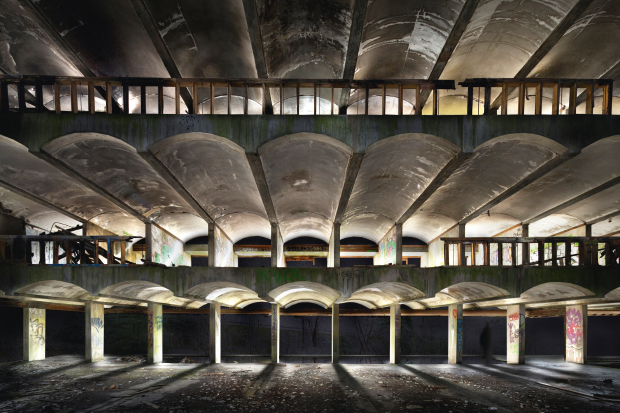
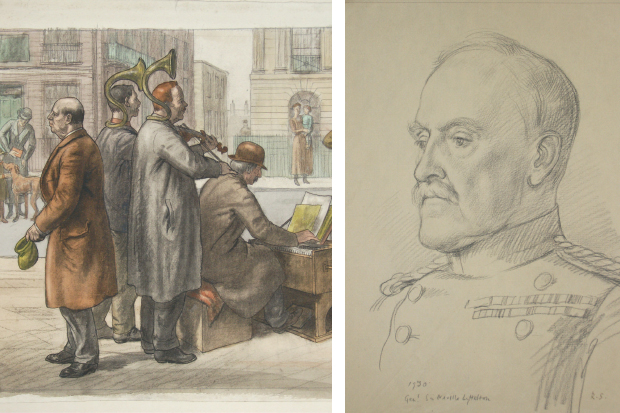
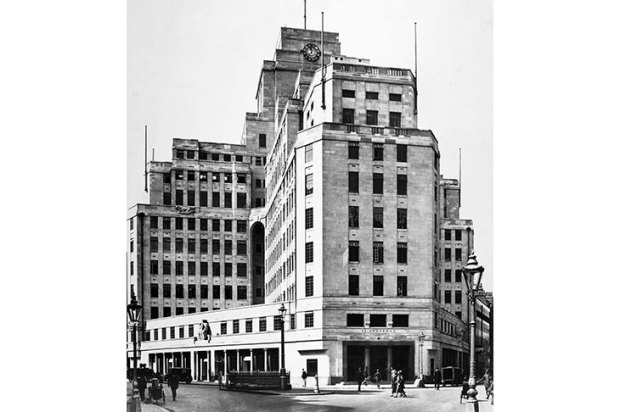
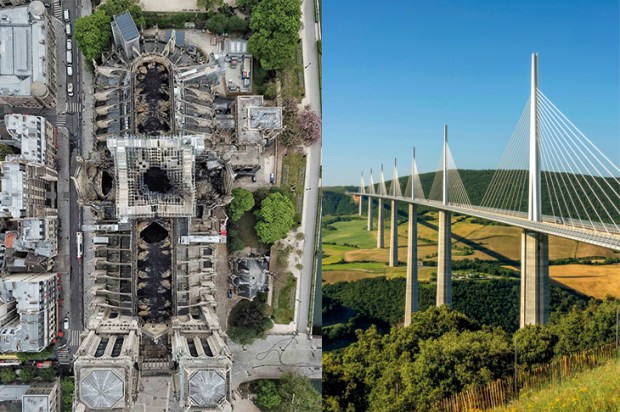
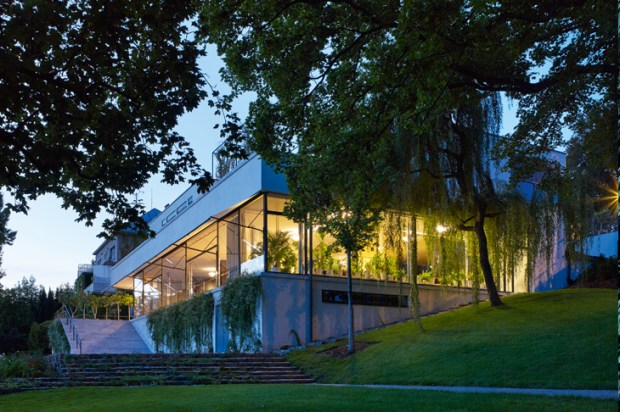
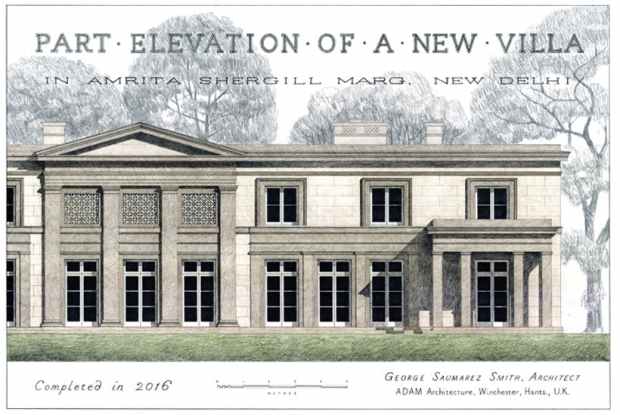
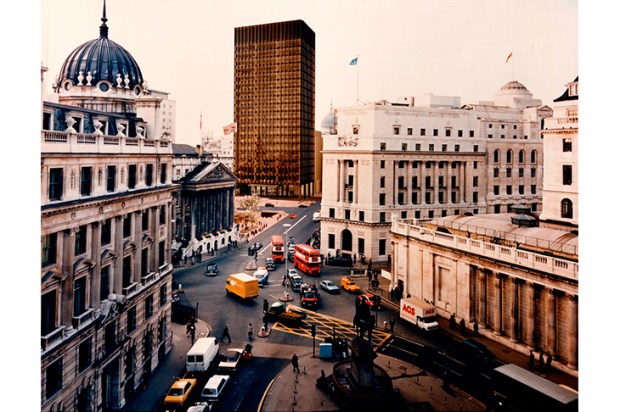






Comments
Don't miss out
Join the conversation with other Spectator Australia readers. Subscribe to leave a comment.
SUBSCRIBEAlready a subscriber? Log in